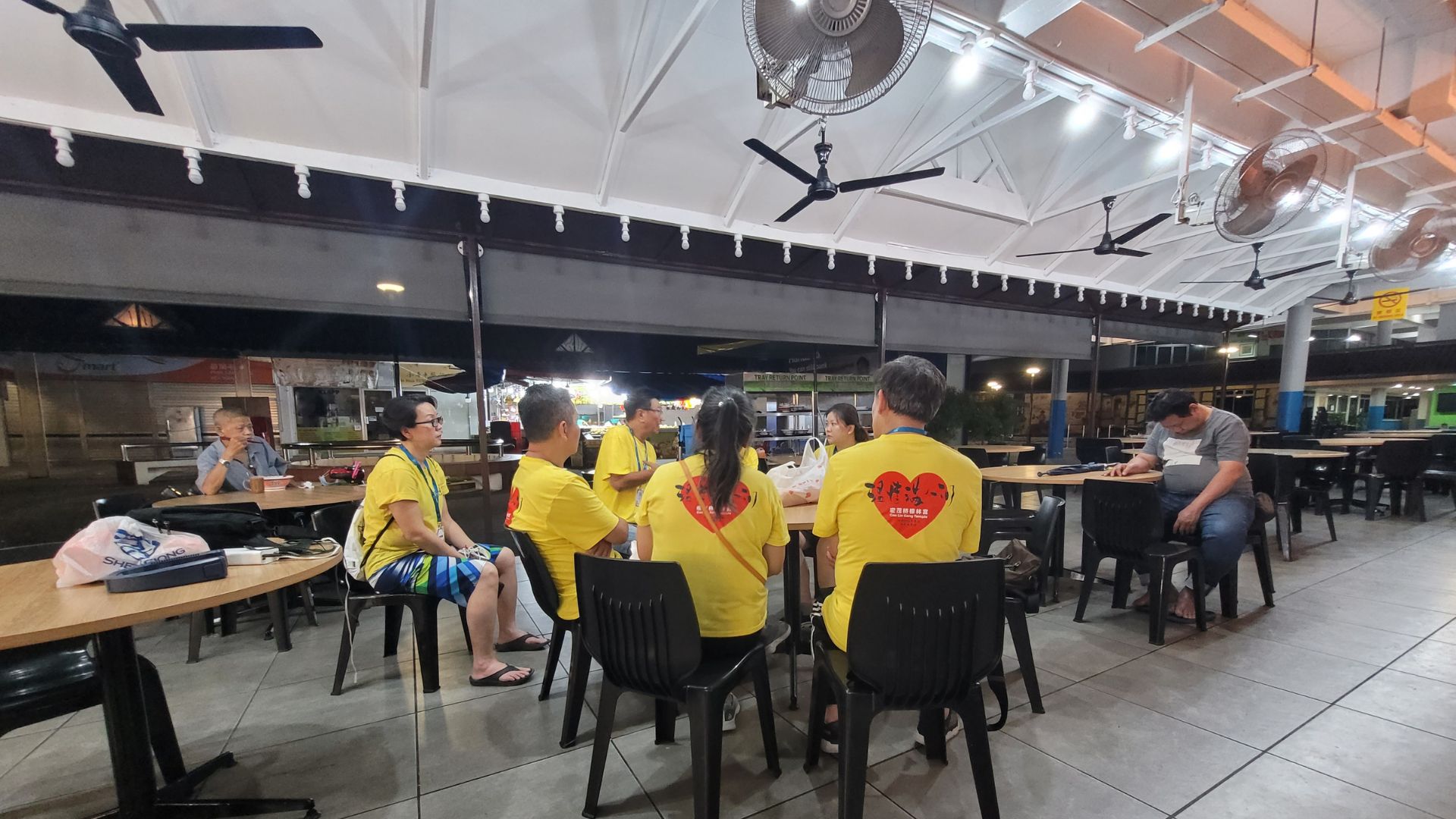The environmental impact of a 1.5 trillion-dollar industry
Fast fashion is killing the planet. The likes of H&M and Zara, which churn out designs on an almost weekly basis, have a devastating impact on the environment. The quick turnaround on designs, and limited run on them, means those with the spending power to, will snap up new outfits as fashion trends change, leading many to overhaul their wardrobes frequently.
The poor quality of such clothes also mean that most pieces can only be worn for a short period of time. The New York Times reported that most pieces only last for 10 wearings before they are thrown out.
Phys.org reported that “the fashion industry is the second largest industrial polluter after aviation, accounting for 10 per cent of global pollution”, and its impacts include “over 92 million tonnes of waste produced per year and 1.5 trillion litres of water consumed”. Then there is the chemical pollution and carbon dioxide emissions that have not yet been taken into consideration.
It is daunting to think that our actions could have such massive consequences on the planet. But there is one way to stay fashionable, while not contributing to such an industry: thrifting.
Second hand, second life
The idea of thrifting is, of course, not new. Clothes are donated to a second-hand store, like The Salvation Army, which is then sold to consumers at a fraction of the price.
What’s new about thrifting, however, is its sudden popularity among the younger generation. Environmentally conscious, Gen Z-ers are turning to thrift shops for their fashion fixes. A quick scroll through Tik Tok showed a number of youths showing off their threads picked up at thrift stores around Singapore. And one such Tik Tok-er showing Singaporeans where to go and why they should thrift is Nicole Chin.
The 25-year-old social media marketer has been thrifting since 2010 and sharing her finds and #OOTDs on Tik Tok for about five months.
Thrifting to save the planet
Nicole enjoys thrifting for the unique and one-of-a-kind pieces that come at a cheap price tag. But, she also enjoys thrifting for the message of sustainability behind it.
“Thrifting is a low impact way to shop because you are buying clothes that have already been made, meaning that very few resources are needed for you to acquire a garment,” she explained. “It breathes new life into clothes, which otherwise would have been thrown away to a landfill.”
Nicole usually gets her fashion statement pieces from shops like SSVP Shop, The Barn, Thrifty Trendz, and New2U Thrift Shop for their wide range of women’s apparel, although Nicole says more stores are carrying menswear as well, in addition to accessories (bags and shoes), and home décor. The bigger stores, she says, have art and furniture for sale too.
Most pieces range from $1 to $30 on average, depending on quality, but there are more expensive pieces too – designer goods or those made from higher quality materials, like leather cost more at thrift shops.
The key to shopping at thrift stores, says Nicole, is to plan out what to buy first, so that you don’t end up buying more items than needed, just because it is cheap. Her rule of thumb is to look at materials first, and to check if the item is vintage. “Vintage items are 20 years or older, and clothes produced back then were better made, so they will last longer in my wardrobe,” she said.
The fashion cycle
Although Nicole mostly goes for vintage, it does not mean that any of her clothes are out of style. The bias that some people have about donated clothes are out of fashion is not entirely true. “Trends are typically recycled from the past, so if you dig hard enough, you can find trendy pieces at thrift stores too,” she said.
One example she gave was the current trend of baggy pants, which were popular in the late 1990s and early 2000s, can now be found at thrift stores along with other clothing from that era.
Thrifting does have a number of misconceptions in Singapore, but Nicole says that they aren’t true. For example, many seem to think that there aren’t places to thrift in Singapore, or that there aren’t any quality items available. Nicole says these are myths, and that “there are A LOT of thrift stores in Singapore, and all of them receive donations from different sources.”
Of course, Nicole does draw the line at certain items she isn’t able to or willing to buy from thrift stores. “Some items are just harder to thrift in general, like shoes and accessories,” she said. Undergarments and socks are also quite unhygienic to thrift (whether in donating or buying), so Nicole usually buys these items from regular stores or from online.
How to get started thrifting
Nicole encourages those to who want to start thrifting to take it slow and to have a rough idea of the types of clothing you are looking for before visiting a thrift shop. “Don’t be sad when you don’t find anything or feel pressured to purchase something to make that trip worth it!” she advised. “You can always try again next time.”
And for those who still turn their nose up at thrifting, Nicole still suggests giving it a try, even if it isn’t for clothing. For new parents, for example, Nicole says second-hand baby clothes and strollers are a fraction of their retail price and might be more worth it to spend on for something that babies will outgrow in no time.
Join the conversations on THG’s Facebook and Instagram, and get the latest updates via Telegram.




























